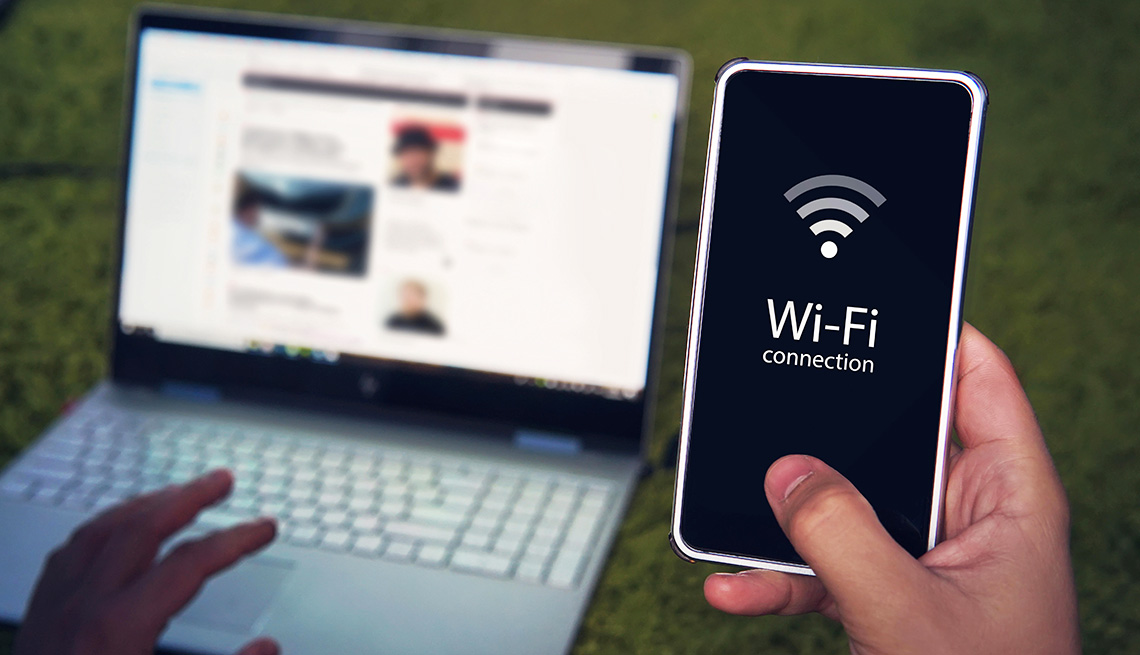Ways To Fix A Smartphone Charging Port: Smartphone charging ports are essential components that power our devices, yet they are prone to wear and tear over time. Issues such as loose connections, dirt accumulation, or even physical damage can prevent your phone from charging efficiently. Understanding how to diagnose and fix these problems is crucial for maintaining the longevity of your device.
Several standard methods can help troubleshoot and repair a faulty charging port. Start by inspecting the port for any debris or lint that may obstruct the connection; using this is often effective. If the port appears clean, check the charging cable and adapter, as these are frequently the source of charging issues.
In cases where the port is physically damaged, more extensive repairs may be necessary, such as replacing the charging port entirely. While this can sometimes be accomplished at home with the right tools and parts, You can save both time and money while keeping your smartphone functional and reliable.
Read Also: Fix Audible Keeps Pausing When Screen is Locked on Android
Understanding Common Charging Port Issues
Charging port problems can manifest in various ways, impacting the overall functionality of your smartphone. Recognizing these issues early can help prevent further damage and ensure your device remains operational. Here are some common charging port issues to be aware of:
- Loose Connection: Over time, frequent plugging and unplugging can cause the charging port to become loose, leading to intermittent charging or failure to charge altogether.
- Debris Accumulation: Dust, lint, and other debris can build up in the charging port, blocking the connection between the charging cable and the port. This obstruction can lead to slow charging or even prevent the device from charging altogether.
- Physical Damage: Accidental drops or impacts can damage the charging port, bending or breaking the internal components. This may result in a misalignment that prevents a secure connection with the charging cable.
- Corrosion: The charging port’s corrosion affects its ability to conduct electricity. This issue may require professional cleaning or repair.
- Cable and Adapter Issues: Sometimes, the problem lies not with the charging port but with the charging cable or adapter. Frayed wires, faulty connectors, or incompatible chargers can cause charging problems.
By identifying these common issues, you can take appropriate steps to troubleshoot and resolve charging port problems, ensuring your smartphone remains powered and functional.
When to Replace Your Charging Cable and Adapter
Charging cables and adapters are vital for powering your smartphone, but they can wear out over time due to frequent use. Knowing when to replace these components can save you from frustrating charging issues. Here are some signs that indicate it’s time for a replacement:
- Fraying or Damage: Any damage to the outer insulation can lead to short circuits or complete failure.
- Intermittent Charging: If your phone charges only when the cable is held at a specific angle or if the connection is inconsistent, it may indicate internal damage to the cable or connector.
- Slow Charging: A noticeable decrease in charging speed can suggest that the cable or adapter is not functioning correctly. If you experience prolonged charging, consider replacing the components.
- Overheating: If your charging cable or adapter becomes excessively hot during use, it can pose a safety hazard. Overheating often indicates a problem, and replacing the components is advisable.
- Incompatible or Cheap Alternatives: If you’ve been using a third-party cable or adapter, especially a low-cost one, it may need to meet safety standards or specifications.
- No Charging Response: If your device fails to charge with a specific cable or adapter but works fine with others, it’s time to replace the faulty component.
The adapter can help maintain optimal charging performance and prolong the life of your smartphone.
DIY Methods for Fixing a Damaged Charging Port
If you’re experiencing issues with your smartphone’s charging port, there are several DIY methods you can try to fix the problem before considering professional repairs. Here are some effective techniques:
-
- Cleaning the Charging Port: Tools Needed: Toothpick, soft brush, or compressed air.
- Steps: Power off your device.
- Gently insert a toothpick or a soft brush into the charging port to dislodge any debris or lint.
- Reseating the Charging Port: Tools Needed: Small screwdriver (if applicable), tweezers.
- Steps: If your phone has a removable back, carefully open it.
- Check the charging port connection to the motherboard and reseat it if it appears loose.
- Ensure all screws are tightened, and the port is secure.
- Checking for Loose Connections: Tools Needed: Small screwdriver, tweezers.
- Steps: Inspect the charging port for any loose connectors.
- If you find any, carefully reattach them using tweezers or a small screwdriver.
- Repairing Minor Damage: The Tools Needed are a soldering iron (for advanced users) and heat shrink tubing (optional).
- Steps: If you’re experienced with electronics, you can use a soldering iron to repair minor internal damage.
- Be cautious; improper soldering can cause further damage.
- For a more secure fix, you can use heat shrink tubing over the repaired area to provide additional protection.
- Using a Charging Dock: If the port is beyond repair, consider using a wireless charging pad (if supported by your device) or a charging dock that connects through other ports (like USB-C or Lightning).
- If the phone charges typically, you’ve successfully fixed the problem. If not, professional repair may be necessary.
- Cleaning the Charging Port: Tools Needed: Toothpick, soft brush, or compressed air.
If you’re uncomfortable with these methods or if the damage is extensive, it’s advisable to consult a professional technician.
Professional Repair vs. DIY: Which Is Right for You?
DIY Repair
Pros:
- Cost-Effective: DIY repairs can save you money, as you won’t have to pay for labor costs associated with professional services.
- Learning Experience: Attempting repairs can be a valuable learning opportunity, enhancing your skills in electronics and technology.
Cons:
- Risk of Further Damage: Without experience, you may inadvertently cause more damage to your device, leading to more expensive repairs.
- Limited Tools and Knowledge: DIY repairs require specific tools and knowledge; if you don’t have either, the repair may not be successful.
- Time-Consuming: Troubleshooting and fixing issues can take time, especially if you encounter unexpected problems.
Professional Repair
Pros:
- Expertise: Professionals have the skills and experience to diagnose and repair issues quickly and efficiently, often with a higher success rate.
- Warranty Protection: Many professional repair services offer warranties on their work, providing peace of mind that you’re covered if issues arise after the repair.
- Proper Tools: Professionals have access to specialized tools and equipment that may not be available for DIY repairs, ensuring a thorough and precise fix.
Cons:
- Higher Costs: Professional repairs typically come with labor fees and parts costs, which can add up, especially if the damage is significant.
- Inconvenience: You may need to schedule an appointment and wait for the repair, which can.
- Potential for Upselling: Some repair shops may attempt to upsell services or parts you don’t need.
Freit’stly Asked Questions
Can using a third-party charger damage my charging port?
Yes, low-quality or incompatible chargers can damage your device over time. It’s best to use chargers from reputable brands or manufacturers.
How much does it typically cost to replace a charging port?
The device and location cost between $50 and $200 or more. It’s advisable to get quotes from multiple repair items.
Is it possible to fix a charging port without replacing it?
In some cases, cleaning or reseating loose connections may resolve the issue without a total replacement. However, significant damage often requires replacement.
What should I do if my phone charges very slowly?
A faulty cable, adapter, or charging port can cause slow charging. Try cleaning the port, using a different cable, or checking for any software issues that may affect charging speed.
When should I seek professional help for a charging port issue?
If you’ve tried DIY methods and the problem persists, or if you’ve noticed physical damage that you’re uncomfortable repairing, it’s best to consult a professional technician.
Coit’ssion
Fixing a smartphone charging port is essential for maintaining the device’s functionality and longevity. Understanding issues, whether through DIY methods or professional repair, empowers users to address charging problems effectively. While cleaning and minor repairs can often resolve simple issues, recognizing when to seek professional help is equally important to avoid further damage. Taking preventive measures, such as using quality chargers and handling cables with care, can significantly reduce the likelihood of charging port issues in the future.

